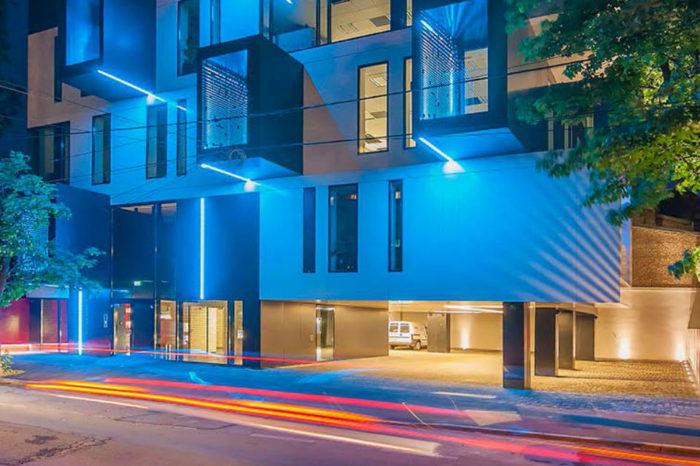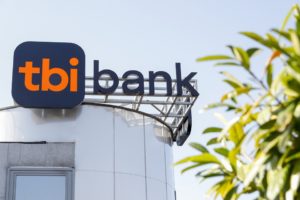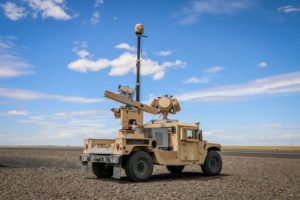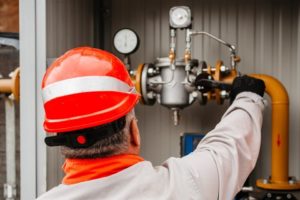Emilian Podaru, Crosspoint Real Estate: “We will see an increase of automation and IoT use in the local warehousing operations”
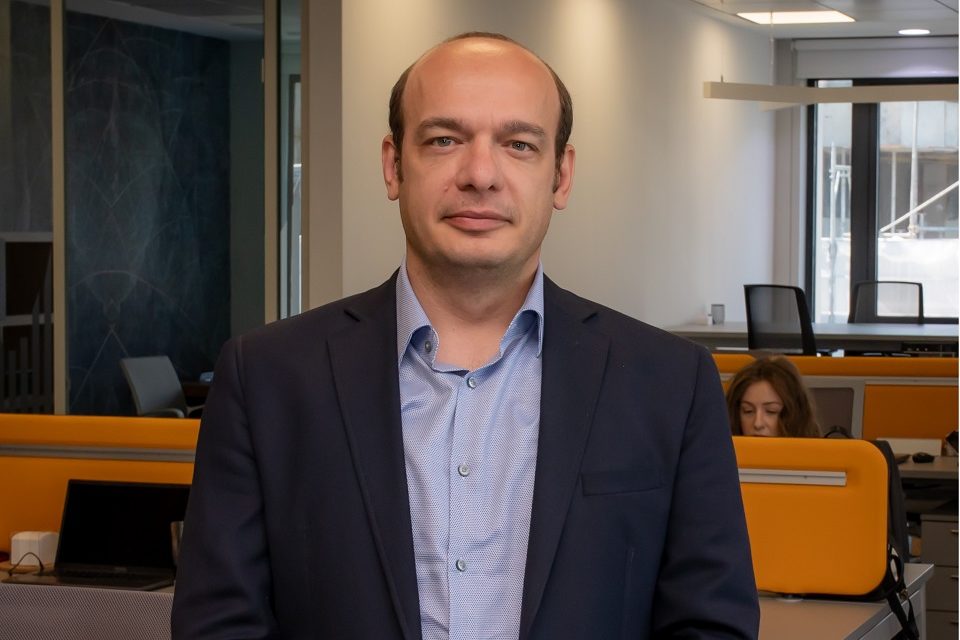
Most modern warehousing operations have different levels of automation, IoT and robotics, but for now, the local market provides limited feasibility for extensive use of robots and A.I. We will see an increase of automation and IoT use in the local warehousing operations, but in the end, these solutions will be adopted only when the cost and volumes will require that. Solutions like Amazon’s Prime Air drones or Starship delivery robots will still be considered science fiction in the local market for the near future, Emilian Podaru, Head of Industrial & Logistics, Crosspoint Real Estate told The Diplomat-Bucharest in a recent interview.
“Most of the new A-Class developments are focusing on green labelling not only for CSR reasons but also for efficiency. These units are typically large, single-level buildings with extensive roof space, offering a potential location to install rooftop solar panels that will provide green energy back to the occupier of the building and therefore reduce their energy requirement from the grid. Many developers already include in their leasing offers the solar panels as a future option; we will see in the next few years a lot of activity in this area.”
The I&L segment was expected to perform well during 2021. Were the expectations met so far this year? Which were the main factors that triggered the growth?
It is a very good year for the logistic real estate market. The expectations were met and even exceeded in some areas. For example, there were several large investment transactions on a market with few modern products available. There were several factors that put pressure on the demand, and the modern stock is still under potential. Shifting consumer behavior has accelerated many changes and developments on the local market, especially Covid-19 pandemic, which continues to add a significant pressure on the supply chain.
How are the AI, robotics, internet of things, and industrial automation impacting the industrial market in Romania?
As the forklift and bar code invention changed the warehousing operations in the last hundred years, now the online related technologies are currently shaping the segment. The modern industrial facilities are new developments for the local market but, like the internet network development, their recent construction allowed the access to the most modern technologies. There are different areas in which the new technologies have a significant impact even on the local market. From building technologies for automated warehouses to picking robots and advanced WMS’s. For example, we have the highest high bay automated warehouse for frozen products in Europe at Turda. Most modern warehousing operations have various levels of automation, IoT and robotics, but for now, the local market provide limited feasibility for extensive use of robots and A.I. We will see an increase of automation and IoT use in the local warehousing operations, but in the end, these solutions will be adopted only when the cost and volumes will require that. Solutions like Amazon’s Prime Air drones or Starship delivery robots will still be considered science fiction in the local market for the near future.
Which are the main evolution trends for the industrial market in Romania and what to expect in the next years?
The logistic & Industrial market is evolving faster than other segments. We see this evolution on two main aspects. In terms of locations, we saw in the last year the development of new logistic hubs such as Craiova and Constanta in the southern part of the country. Furthermore, in the next years we will see a strong development in the eastern part of the country, an area which can provide significant workforce availability, but still lacks infrastructure. All major logistic developers are focusing to secure plots in Iasi area, the second largest city in Romania. Additionally, major retailers are planning new logistic projects to support their expansion plans in the area.
Another important trend we see is the green approach in logistics. Most of the new A-Class developments are focusing on green labelling not only for CSR reasons but also for efficiency. These units are typically large, single-level buildings with extensive roof space, offering a potential location to install rooftop solar panels that will provide green energy back to the occupier of the building and therefore reduce their energy requirement from the grid. Many developers already include in their leasing offers the solar panels as a future option; we will see in the next few years a lot of activity in this area.
What is the trend on rent prices in I&L segment and which are the expectations regarding the evolution of this indicator?
Currently there are different forces that put pressure on the rent level. There is a pressure on the increase of the rents of the logistic spaces due to the significant growth in the construction materials. Also, the land price level grew in the last years so the new projects will have an additional pressure. At the same time, the market is competitive, and tenants have been affected in the last year, so parties are looking for solutions to minimize the impact on rent. Now the market is stable, the vacancy rates are low and most of the ongoing developments are pre-leased. In the short term, market dynamics will not be significantly affected by costs increases. In the medium term, it is possible to see price increases in rents but not a major impact. Consequently, rent increases are possible, especially in the new locations, but they will be minimal so the market dynamics will remain positive.



